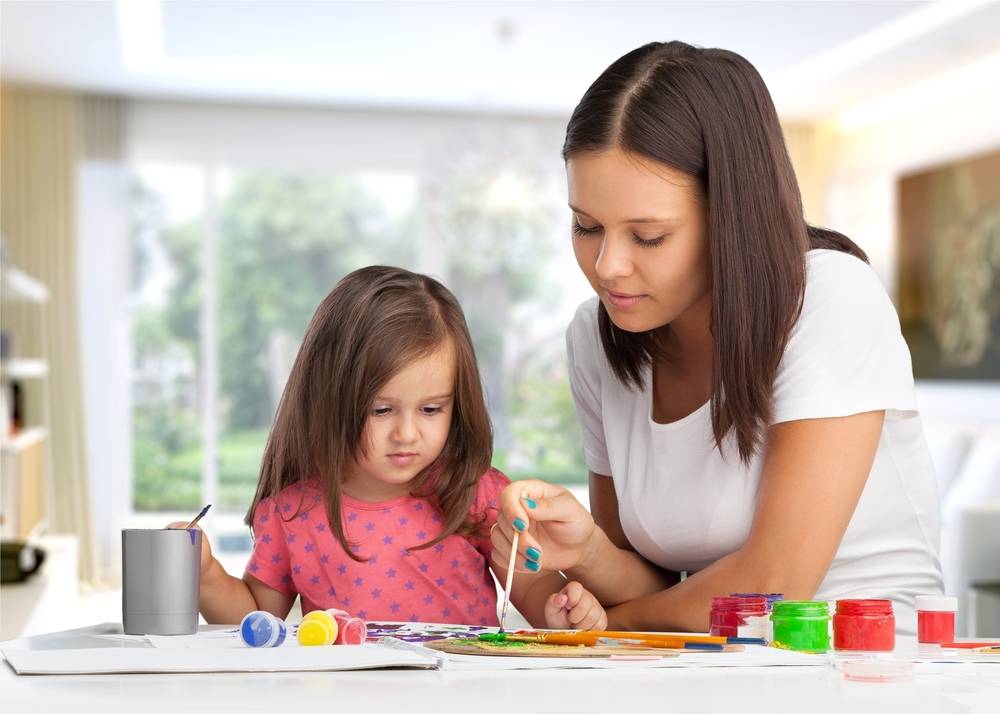Communicating with a child with autism can be challenging, but it is not impossible. By understanding the child’s needs and using some simple strategies, you can improve communication and build a stronger bond with your child.
First, it is important to understand that children with autism have difficulty with social interactions and communication. They may have trouble understanding nonverbal cues, such as facial expressions and body language, and may struggle with expressing themselves verbally.
One of the most important things you can do to communicate with your child is to be patient and understanding. Children with autism may need extra time to process information and respond to questions. They may also become overwhelmed in certain situations, such as crowded places or loud noises. Be patient and give your child the space and time they need to communicate effectively.
Another key strategy is to use visual aids to help your child understand what you are saying. This can include using pictures, videos, or even simple drawings to explain concepts. For example, if you are trying to explain to your child how to brush their teeth, you could show them a picture of a toothbrush and toothpaste, or even demonstrate the process with a toy toothbrush.
Another important strategy is to use clear and simple language when communicating with your child. Avoid using jargon or complex words, as this can be confusing for children with autism. Instead, use simple phrases and sentences that are easy for your child to understand.
It is also important to pay attention to your child’s nonverbal cues and respond accordingly. Children with autism may not be able to express themselves verbally, but they may still be communicating through their body language or facial expressions. Be aware of your child’s behavior and respond in a way that is appropriate for their needs.
Another important strategy is to give your child the opportunity to communicate in their own way. This can include using sign language, picture cards or other forms of communication which they feel comfortable with.
Lastly, it is important to remember that each child with autism is unique, and what works for one child may not work for another. Be open to trying different strategies and approaches, and be willing to adjust your approach as needed.
Overall, communicating with a child with autism can be challenging, but it is not impossible. By understanding the child’s needs, using visual aids, simple language, and paying attention to nonverbal cues, you can improve communication and build a stronger bond with your child. Remember to be patient and open to trying different strategies, and always keep in mind that every child is unique and may require a different approach
You may also love to read this:








